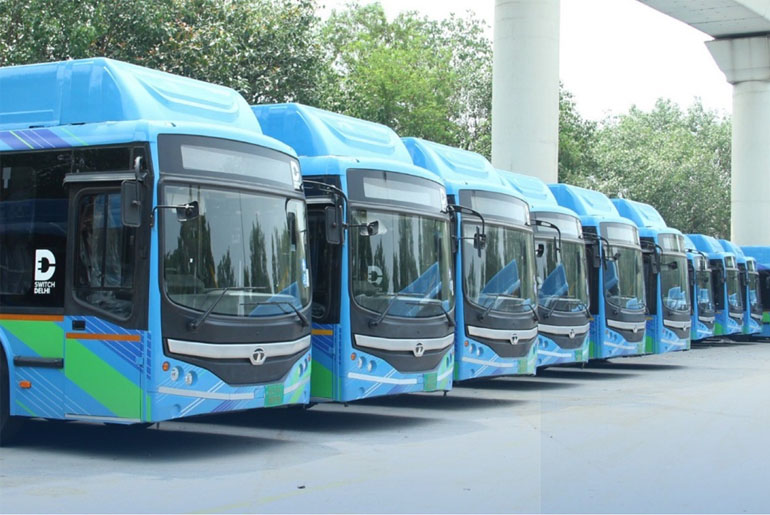India, like many emerging economies, faces significant challenges in transitioning to electric public transportation, particularly with electric buses (e-buses). The country has ambitious goals, such as the National Electric Bus Program, aiming to deploy 50,000 e-buses over the next five years, and ultimately replace 800,000 diesel buses by 2030. However, the adoption of electric buses has been slow, with only about 4,000 e-buses currently in operation. Key challenges hindering the widespread adoption of e-buses include high upfront costs, limited financing, insufficient charging infrastructure, and concerns over battery technology.
Key Challenges
The adoption of electric buses (e-buses) in India faces several significant challenges, which must be addressed to accelerate their deployment and transition towards a more sustainable public transportation system. One of the primary barriers is the high upfront costs of e-buses. They can be 30% to 70% more expensive than their diesel counterparts, primarily due to the expensive batteries and electric drivetrains. While operational costs are lower in the long term, the initial investment remains a significant challenge for public transport operators, particularly in financially strained municipalities. Furthermore, fare prices are often regulated, limiting the ability of operators to recover these higher costs through increased ticket sales. This financial strain discourages operators from transitioning to electric fleets, even though e-buses could offer substantial savings in the future.
Conclusion
The transition to electric buses in India represents a critical step toward reducing urban air pollution, cutting carbon emissions, and enhancing the sustainability of public transportation systems. However, the adoption of e-buses faces several significant challenges, including high upfront costs, limited financing, inadequate charging infrastructure, and technological constraints related to batteries.
To address these challenges, India has implemented innovative solutions such as bulk procurement models, pay-as-you-go leasing contracts, and international financing mechanisms. Additionally, advancements in battery technology, pilot programs, and supportive government policies are essential to accelerating the deployment of e-buses.
The combined efforts of the government, private sector, international development banks, and manufacturers can help overcome the barriers to electric bus adoption, enabling India to meet its ambitious e-bus deployment targets. By addressing the financial, technological, and infrastructural challenges, India can create a cleaner, more sustainable public transport system, contributing to improved urban air quality and a reduction in overall carbon emissions.

